
Material Testing Explained: Types & Standards
Have you ever wondered why some automotive parts fail prematurely while others last for decades? The answer lies in material testing. Material testing is the scientific evaluation of materials to determine their mechanical, physical, and chemical properties under various conditions.
Material testing is the backbone of modern manufacturing success. Every component in your automotive parts, machinery, or custom manufacturing projects relies on material testing to ensure quality and performance.
ProleanTech experts know these testing methods and can save your business from costly failures and help you make informed decisions about material selection.
This guide covers everything you need to know about material testing. From basic concepts to advanced testing methods, you’ll learn how material testing can elevate your manufacturing processes and ensure product reliability.
Read More: CNC Machining Explained: Process, Techniques & Costs
What is Material Testing?
If you are looking for the question of what the actual theory or concept of the material testing then we can explain it to you. Basically, the material testing is a process of evaluating the physical, mechanical, and chemical properties of materials. It involves subjecting materials to controlled conditions to see how they behave under different stresses and environments.
Choosing the right materials for your application and optimal performance is all about understanding material properties, and this testing helps manufacturers know how materials will perform in real-world applications.
The process involves measuring strength, durability, flexibility, and other key properties. Material testing provides data that engineers use to select the right materials for their applications. Without material testing, manufacturers risk product failures, safety issues, and recalls.
What is the Primary Purpose of Materials Testing?
The purpose of material testing is to determine physical properties and behaviour in different conditions. This information allows engineers to select the right material for the job and predict the component’s performance in service.
Material testing provides data for safe design. This material sets the boundary, safety factor, and prediction of service life. The test also ensures the material meets specification requirements and regulatory standards.
Beyond property determination, material testing supports innovation and development of new content and applications. It’s the foundation of physical performance and continuous improvement in manufacturing processes.
Our experienced engineers combine material expertise with cutting-edge machining technology to deliver complete solutions for your manufacturing needs. Whether you need machining titanium or advanced metals for demanding environments, we provide reliable data and precision machining every time.
What is the ASTM for Material Testing?
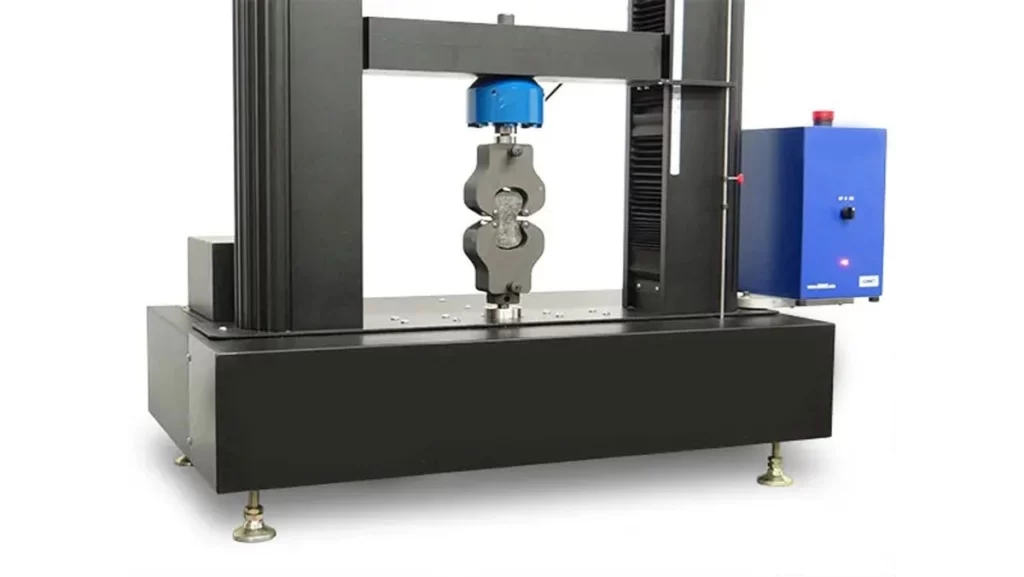
ASTM Standard Material Testing Machine
ASTM International develops and publishes voluntary consensus standards for material testing. These standards ensure consistent, reproducible testing procedures across different labs and organizations. ASTM standards cover everything from sample preparation to result interpretation.
ASTM standards specify test procedures, equipment requirements, and result reporting formats. Common ASTM standards include E8 for metal tensile testing, D638 for plastic tensile testing, and C39 for concrete compressive testing.
Following ASTM standards ensures test results are reliable, comparabl,e and acceptable to customers and regulatory agencies. These standards are industry best practices developed through consensus by technical experts.
How to Test the Quality of a Material?
Testing raw materials requires a systematic approach with sampling, standardized test methods, and documentation. Start by identifying the key properties for the intended application. Choose the right test method for the material and performance requirements.
Follow installed standards like ASTM or ISO to get consistent results. Use calibrated test equipment and trained personnel to minimize test errors. Document all results and compare to specification requirements.
The test should include material inspection and production monitoring. This comprehensive approach ensures the material meets the requirements throughout the construction process.
Testing keeps quality standards and prevents defective products from reaching customers.
Try Prolean Now!
Top 21 Types of Material Testing
Each type of material testing serves a specific purpose in evaluating different aspects of material performance and behavior. Some of the most critical types include:
1. Tensile Strength
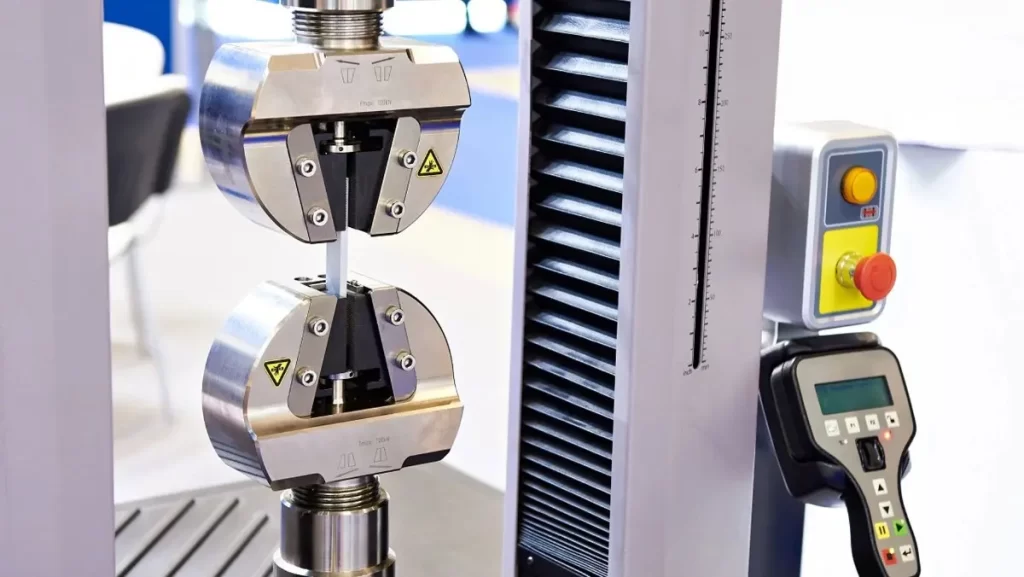
Material Tensile Strength Test Machine
Tensile strength testing measures how much can pull a material before breaking up. This is important for motor vehicle parts that are stretched in use. The material is drawn from both ends until it fails and leaves valuable information on its power range.
The test follows standards such as ASTM E8 for metals and ASTM D638 for plastics. The results help engineers determine whether the material can handle the load in service. The tensile power is important for designing safe parts.
2. Compression
The compression test measures how the material behaves when pushed together from opposite sides. This is important for parts that support weight or oppose crushing forces. Springs, medical implants, and structural components all require compression testing.
The test involves placing material between two plates and applying increasing force. The ASTM D695 for Plastic and the standard testing for FOAMS direct the standard tests, such as the ASTM D3574-C. Compression helps data engineers in designing parts that do not buckle or crush under load.
3. Flexure/Bend Strength
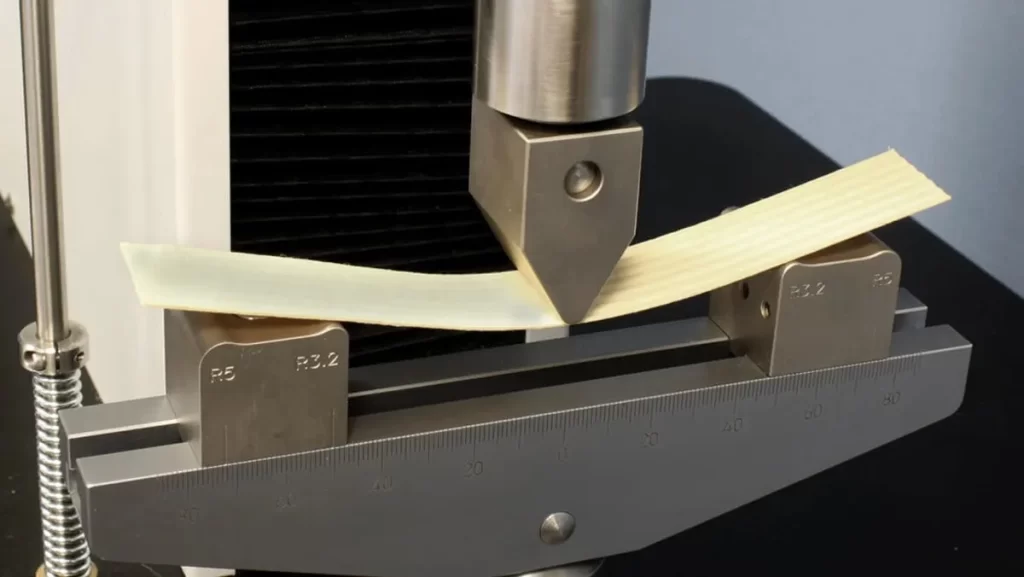
Flexural Bend Strength Test Setup
Flexure test evaluates how the material reacts to bending forces. This test combines tensile and compressive loading to simulate the real-world bending state. This is particularly important for brittle materials where tensile testing can be difficult.
Three-point and four-binds bend tests are common methods. Standards such as ASTM C67-08 for brick and BS EN 2746: 1998 ensure that the test is consistent. Flexure data helps designers understand the content behavior under bending loads.
4. Coefficient of Friction
The coefficient of friction test measures resistance between surfaces in contact. This property is important for brake pads, bearings, and sliding components in motor vehicle applications. Low friction coefficients indicate smooth slip between the surfaces.
The test involves drawing material on surfaces to measure resistance. Standards such as ASTM D1894 for plastic films ensure accurate results. Understanding friction properties helps engineers slip or select suitable materials for rotating components.
5. Puncture Strength
The puncture test determines how much force is required to enter a material. This test is important for packaging materials, protective equipment, and flexible components. It helps to predict how the material will respond to sharp objects or focused loads.
The test involves applying force with clamping materials around its edges and force with a probe. Standards such as ASTM D4833 for Geomembranes guide testing processes. The puncture power data helps to ensure that the material can resist entry into the service.
6. Tear Resistance
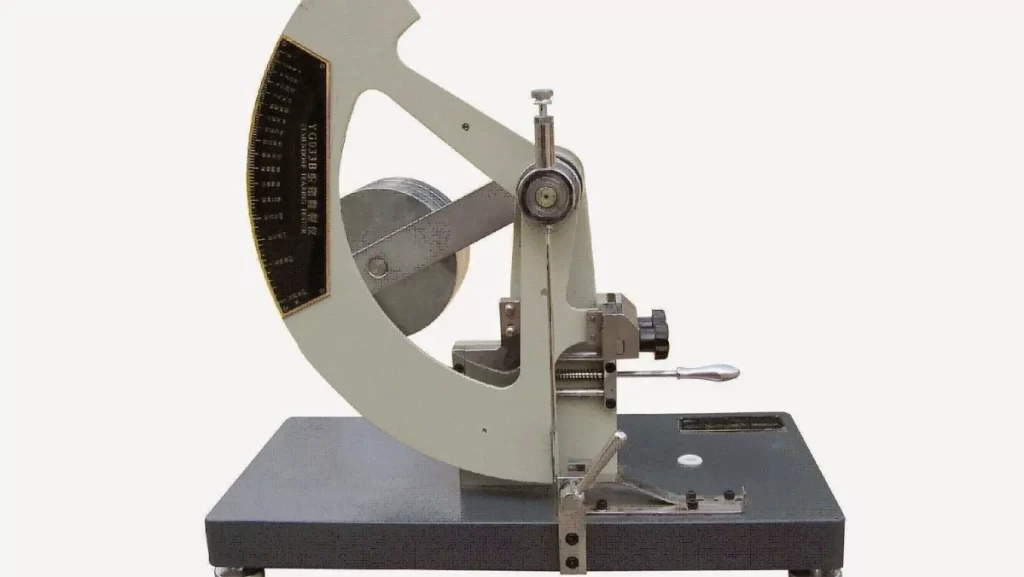
Material Tear Resistance Testing Machine
The tear resistance testing measures how the material responds to the torn forces after a crack starts. This property is important for clothing, movies and flexible materials used in automotive interiors and protective applications.
The test includes making a small tear and measuring force to continue tearing. Standards like ASTM D1004 for low-load applications. Tear resistance data materials help in understanding the failure mode.
7. Peel
Peel testing evaluates adhesive bond strength between materials. This test is important for bonded components in automotive, electronics and construction. It measures how well adhesives hold materials together.
Bonding materials and then peeling at controlled angles. Standards like ASTM D903 for adhesive stripping. Peel data ensures bonded joints in manufacturing.
8. Shear
Shear testing measures material resistance to forces applied parallel to surfaces. This test is important for bolted joints, adhesive bonds, and components with sliding forces. Shear testing helps to understand failure modes in assembled components.
Applying opposing forces in the same plane. Standards like ASTM D3164 for adhesives. Shear data is critical for joint and connection design.
9. Delamination
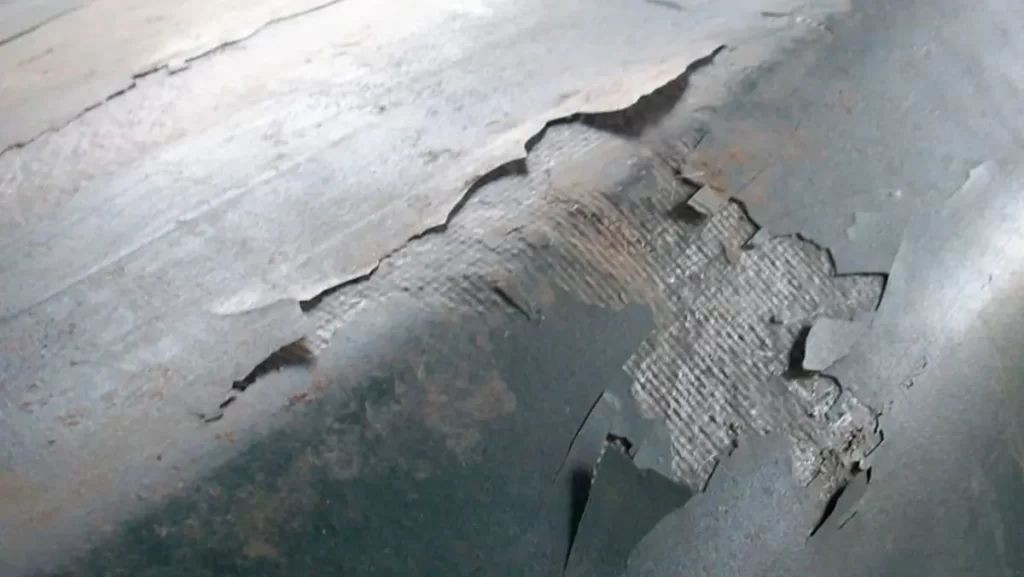
Material Delamination and Peeling Failure
The delamination test evaluates the bond power between layered materials. This test is important for composes, laminates, and sandwiched structures in aerospace and automotive. This layer helps in understanding separation.
Applying tensile forces on bonded layers until separation. Standards like ASTM D1781 for skin-to-core bonding. Delamination data ensures the overall structure.
10. Bond
Bond test measures adhesive performance under various conditions. This test is important for bonded assemblies in motors, electronics, and structural. Applications, Temperature, and loading conditions affect bond performance.
Applying stress until bonding surfaces and failure. Standards like ASTM D1002 for single lap joints. Bond data helps to select adhesives for specific applications.
11. Adhesion
The adhesion test measures the force required to remove coatings from the substrate. This test is important for painted surfaces, ceramic coatings, and protective finishes. This cohesive failure is different from the test as it focuses on substrate separation.
Pull-off testing is the most common method, using dollies attached to coatings. Standards such as ASTM D4541 for coating bridge-off strength. Adhesion data coating ensures performance.
12. Break
The brake testing identifies the force for the fracture material. This test may be tensile, compressed, or bending, depending on the application requirements. This helps in understanding the strength limits of the material.
Applying the increasing load until the material failure occurs. Standards like ASTM C203-22 for thermal insulation. The brake load provides a safety margin for the data component design.
13. Creep
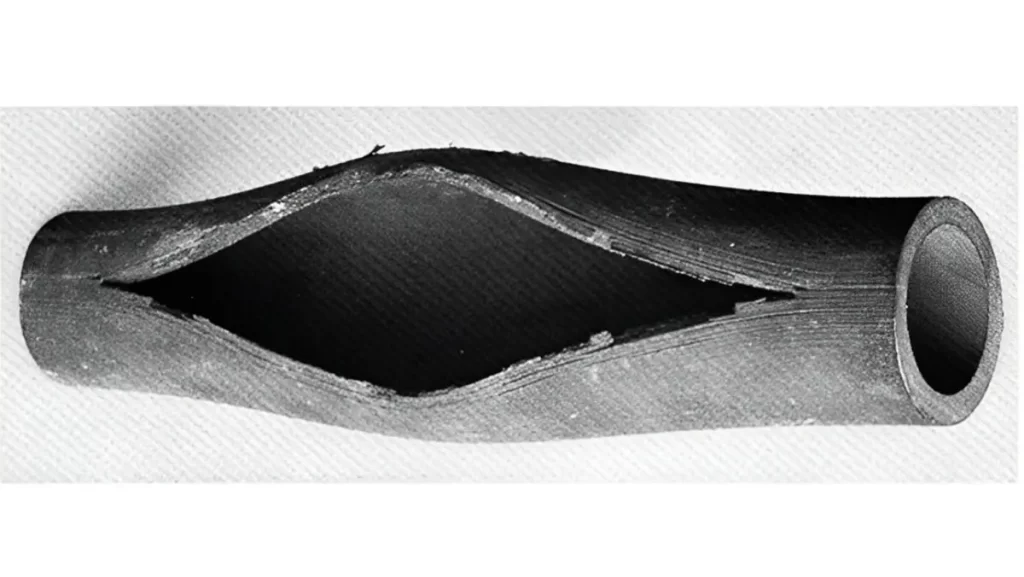
Creep Failure in a Pipe Sample
Over time, creep measures the testing material deformation under continuous load. This test is important for components at high temperatures, such as engine parts and high-temperature applications.
The test involves applying continuous loads at controlled temperatures for an extended period. Standards like ISO 899-1 for plastic. Creep data predicts long-term content performance.
14. Crush
Crush test measures a material’s capacity to resist compressed deformation. This test is important for packaging materials, foam components, and structural elements that must maintain their size under the load.
The test involves applying compressed forces until deformity or failure occurs. Standards like ASTM D642 for shipping containers. Crush data ensures that the material maintains integrity under the expected load.
15. Deformation
Deformation testing measures material resistance to shape change under load. This test is important for compressed materials such as plastic and elastomers used in sealing applications.
The test involves measuring deformation at specific load levels. Standards such as ASTM D621 for frequent results. Deformation helps predict material behavior under data service load.
16. Ductility

Ductile Copper Wires Twisted Together
Ductility testing measures the ability of the material to distort without breaking. This property is important for materials that bend or stretch during manufacturing or service. Ductile materials oppose crack formation and spread.
The test includes ta urning test or tensile tests for predetermined deformation levels. Standards like ASTM E8/E8M-21 for metals. Ductility helps to select the material to create a data operation.
17. Elastic Limit
The elastic limit test determines the maximum load a material can withstand without permanent deformation. This is important for springs, structural parts, and components that should go back to their original shape after loading.
The test involves applying an increasing load and measuring recovery. Standards like ASTM E8/E8M for metals. Elastic limit data ensures components operate within the design range.
18. Elongation
Elongation test measures how much material stretches before breaking. This is important for materials that must move or expand during service. More elongation means more flexibility.
The test involves measuring length change during tensile loading. Standards like ASTM D638 for Plastic. Elongation data helps to select materials for applications that require flexibility.
19. Rupture
Rupture test measures material resistance to fracture under stress. This test is different from puncture tests as it looks at a wider stress state rather than local penetration. This is important for vessels and structural applications.
The test involves applying stress until the material fails. Standards like ASTM B406 for Carbide. Rupture strength ensures safe operation under data service pressure.
20. Modulus
Modulus test measures material stiffness by calculating to strain ratio. This is fundamental for structural design and helps to predict material behavior under load. Stiffer materials have higher modulus values.
The test involves measuring deformation under known loads. Standards like ASTM D638 for plastics. Modulus data is required for structural analysis and component design.
21. Toughness
Toughness test measures a material’s ability to absorb energy before fracturing. This is critical for impact-resistant applications and safety-critical components. Tougher materials resist crack propagation better.
The test involves creating notches and measuring energy absorption during crack growth. Standards like ISO 12135:2021 for metals. Toughness data helps to select materials for impact applications.
Interesting Read: Cnc Machining Process
Try Prolean Now!
What are the Two Main Categories of Material Testing?

Destructive vs. Non-Destructive Testing Comparison
Choose between destructive and non-destructive methods depending on your test goals and component requirements.
The destructive test gives complete material property data, but the test destroys samples. This material is for qualification and development work. Non-destructive testing preserves components during the detection of flaws and defects.
The destructive test gives mechanical property data, including final power values. Non-destructive tests observe 100% production parts without loss. Both quality assurances are essential for programs.
| Aspect | Destructive Testing | Non-Destructive Testing |
| Sample Condition | The sample is damaged or destroyed | The sample remains intact |
| Purpose | Material qualification, development, and detailed analysis | Flaw detection, routine inspection, and quality control |
| Data Provided | Full mechanical property data (e.g., strength, ductility) | Surface/internal defects, structural integrity |
| Use Case | Used during R&D and validation stages | Used in production and in-service inspections |
| Coverage | Limited sample size tested | Can inspect 100% of components |
| Cost Implication | Higher due to sample loss | Lower per test, but requires skilled technicians |
| When to Use | When exact material properties are critical | When preserving, the component is essential |
The option depends on the application requirements, costs, and test goals. The production environment often combines both for optimal quality control.
Mechanical Testing Categories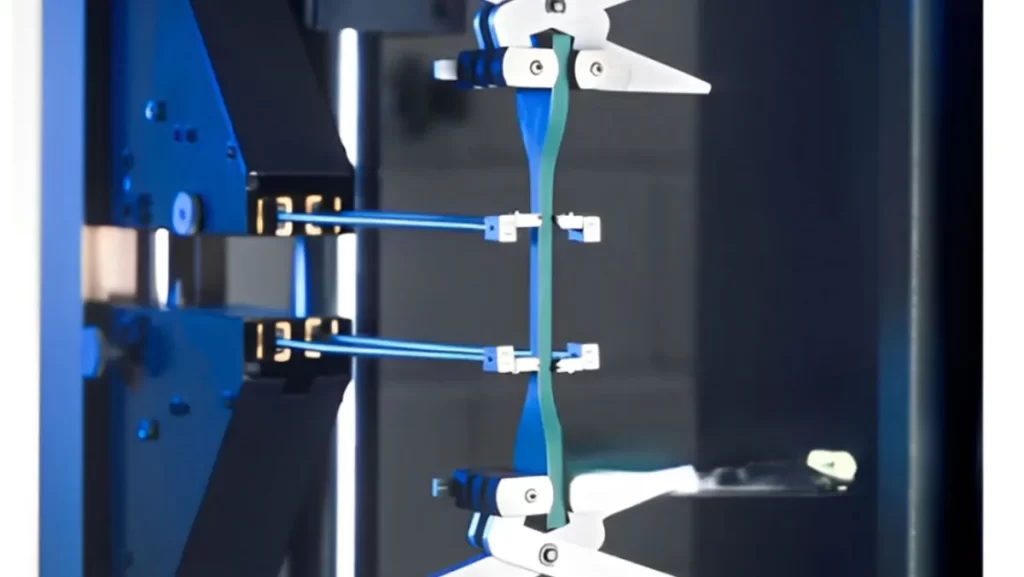
Mechanical Material Testing Setup
Understanding these testing categories helps manufacturers select the right tests for their specific quality assurance needs.
1. Mechanical
The mechanical testing measures the power, flexibility, rigidity, and impact resistance of the material. These tests simulate real-world loading conditions to predict physical performance. Mechanical testing includes methods of tensile, effect, flexural, stiffness, and fatigue testing.
The testing measures resistance to drawing forces. The impact test determines the ability to face sudden loads. The flexural test evaluates bending resistance. Hardness test measures indentation resistance. Fatigue tests repeatedly determine performance under loading cycles.
2. Physical
Physical testing focuses on physical properties such as density, conductivity, and thermal expansion. These tests help to understand how the material reacts to environmental conditions. Physical testing complements mechanical testing for complete material characterization.
The density test measures mass in volume per unit. The conductivity test evaluates electrical and thermal properties. The thermal expansion test measures dimensional changes with the test temperature. These properties affect material selection for specific applications.
3. Chemical
Chemical testing analyzes material composition and behavior in different environments. This testing identifies potential corrosion, degradation, or compatibility issues. Chemical analysis ensures materials meet specification requirements.
Composition analysis identifies constituent elements and compounds. Corrosion testing evaluates material resistance to chemical attack. Compatibility testing determines how materials interact with other substances. Chemical testing prevents material failures in service.
Material Testing Applications
Material testing serves critical roles across multiple industries for safety, performance, and reliability:
- Construction: Concrete compression testing, steel tensile testing, structural component fatigue testing for building safety and code compliance
- Aerospace: High-temperature testing, fracture toughness testing, fatigue testing for aircraft components to meet safety and weight requirements
- Automotive: Crash testing, corrosion testing, engine component high-temperature testing for vehicle safety and performance standards
- Electronics: Electrical conductivity testing, thermal expansion testing, temperature cycling testing for device performance under various conditions
- Medical: Biocompatibility testing, implant fatigue testing, sterilization testing for medical devices to be safe for patient use
- Manufacturing: Raw material qualification, production quality control, component validation testing for consistent product quality and customer satisfaction
Why Material Testing is Key to Manufacturing Success?
Modern manufacturing relies on testing to ensure durability, strength, and safety. Especially in high-risk industries like automotive, aerospace, and electronics material testing:
- Reduces product failure
- Improves performance and life
- Meets industry standards
- Reduces warranty claims
- Increases customer satisfaction
When combined with CNC precision machining, the result is parts that perform.
Conclusion
Material testing is key to success in all industries. Knowing the different testing methods will help you make informed decisions on material selection and quality control. From tensile strength to toughness testing, each method gives you valuable information on material behavior and performance.
Trust ProleanTech for expert testing and manufacturing support. From lab analysis to finished parts, our complete approach ensures top-tier outcomes. CNC Machining Services are just one step away. Get Your Quote and let ProleanTech elevate your next project.


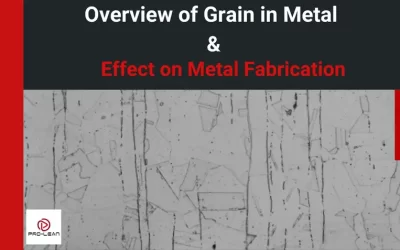

0 Comments